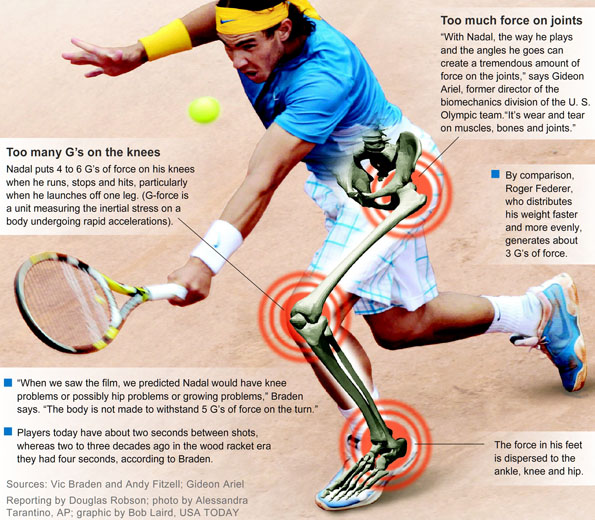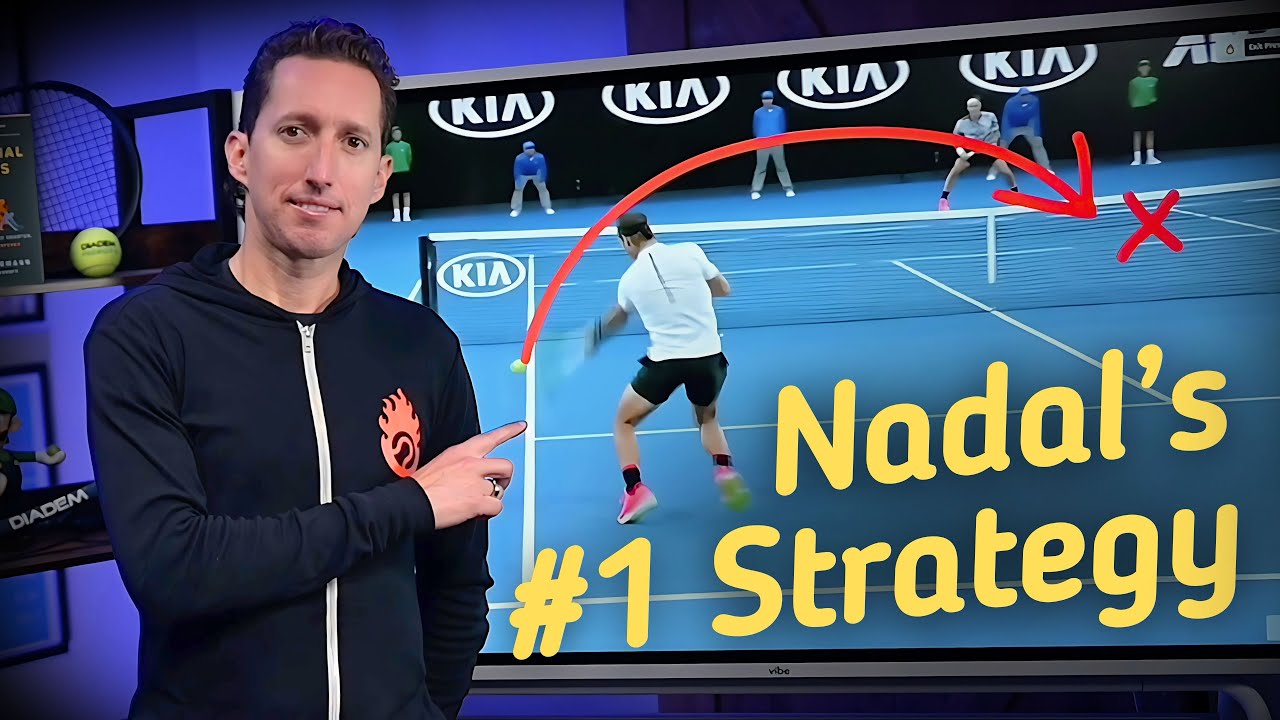You know, sometimes a name just sticks in your head from a project, not because it was catchy, but because of the sheer amount of sweat and frustration associated with it. For me, one of those is “Nadal Daniel.” It wasn’t a person, or even two. It became our shorthand for a particular kind of nightmare integration I personally had to wrestle with.

The Task That Looked Deceptively Simple
It all started when I got this task. On paper, it looked straightforward. We had this powerful, almost brute-force data crunching system – let’s call its approach the “Nadal” style. It was fast, aggressive, and threw out results like there was no tomorrow. Then, we had this other system, a meticulously crafted reporting suite that needed data fed to it with surgical precision – the “Daniel” style. My job? Make them talk to each other. Smoothly. Yeah, right.
I initially thought, “Okay, a bit of data transformation, maybe an API adapter. A week, tops.” I genuinely believed that. Looking back, I can only laugh at my own naivety. That was the beginning of my “Nadal Daniel” journey, or ordeal, depending on how you look at it.
My Deep Dive into the “Nadal Daniel” Mess
The first thing I tried was to just pipe Nadal’s output, with a few quick cleanups, into Daniel. Big mistake. Daniel just choked. It was like trying to fit a square peg the size of a house into a round hole the size of a coin. Errors everywhere, system slowdowns, the works.
So, I went back to the drawing board. My next bright idea was to build an elaborate intermediary layer. This thing was supposed to catch everything from Nadal, calm it down, reformat it, validate every single bit, and then gently present it to Daniel. It was like building a diplomatic envoy between warring nations.
- Phase 1: Understanding Nadal’s chaos. This took days. Just figuring out all the possible ways it could output data was a mission in itself.
- Phase 2: Designing Daniel’s perfect meal. This meant endless consultations with the team who built Daniel, understanding its every quirk and rigid requirement.
- Phase 3: Building the bridge. This involved a lot of trial and error. I’d build a piece, test it, watch it fail spectacularly, and then go back to staring at logs until my eyes felt like sandpaper.
I remember spending countless late nights, fueled by stale coffee, trying to get these two disparate beasts to cooperate. My whiteboard looked like a madman’s scrawlings. My colleagues started to give me sympathetic looks. “Still on the Nadal Daniel?” they’d ask, and I’d just groan. It became a known beast within our small team.

Why This “Nadal Daniel” Thing is Burned into My Brain
Now, why am I telling you all this? Because that “Nadal Daniel” problem wasn’t just a technical challenge; it became a personal marathon. It happened during a really critical development cycle. While others were checking off features, I was stuck in this integration quicksand. I pretty much lived, ate, and breathed that problem for what felt like an eternity. I even started dreaming in data structures.
We did eventually get it working. It wasn’t elegant. It was more of a heavily bandaged, slightly limping solution that did the job, but everyone knew not to poke it too hard. We documented it with so many warnings, it looked like a hazardous waste disposal guide.
That whole experience taught me a valuable lesson: never underestimate the difficulty of making two fundamentally different things work together, especially when they were never designed to. It also taught me a lot about perseverance, and the grim satisfaction of finally cracking a problem that seemed impossible. So, whenever I hear about a “simple” integration task now, I just smile knowingly and think of Nadal Daniel. Some battles you just don’t forget.
